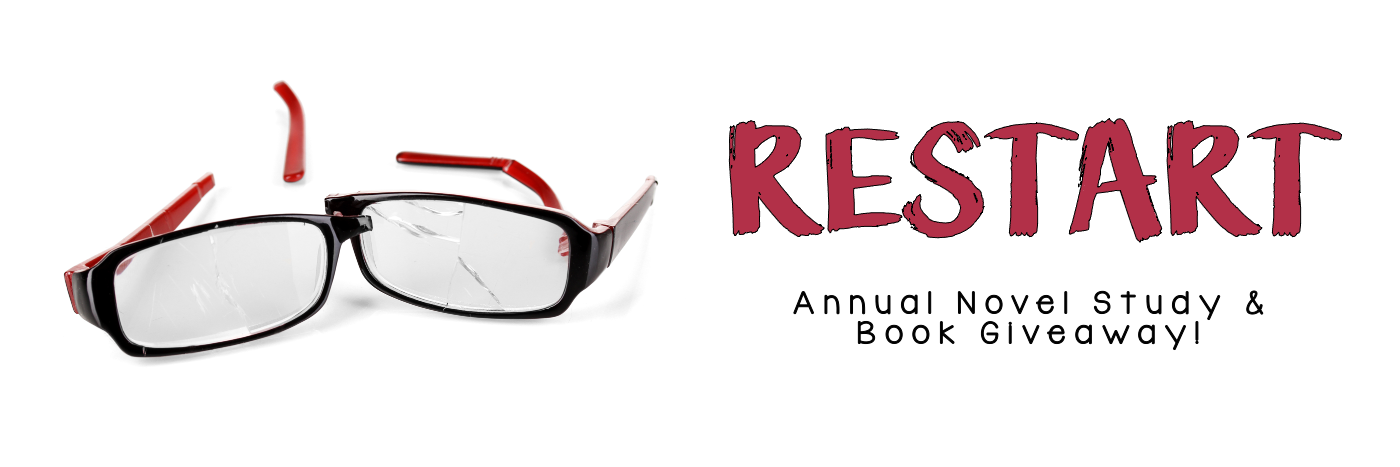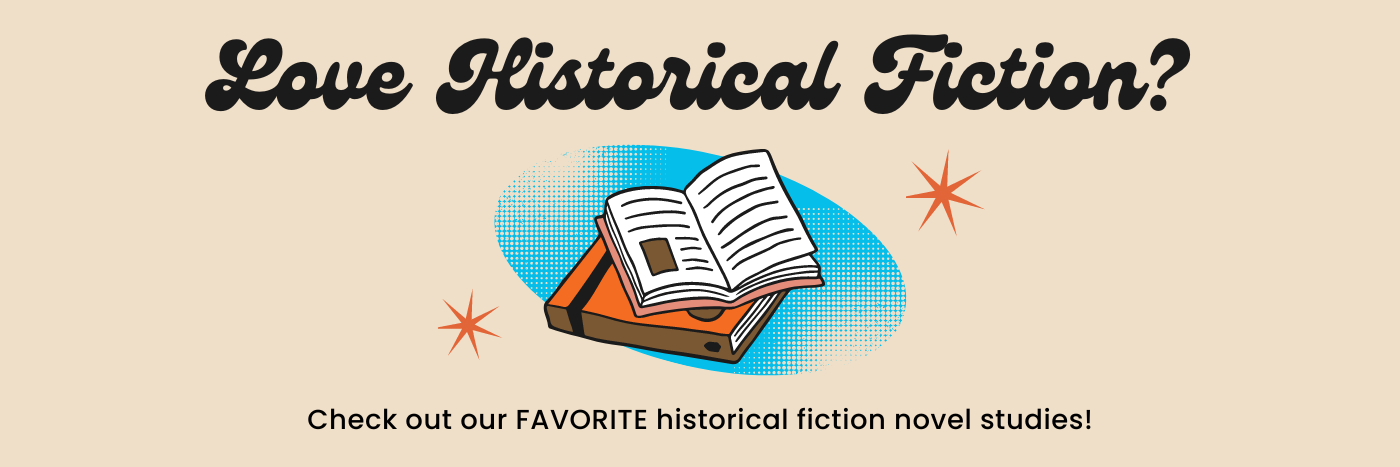
We Belong by Cookie Hiponia Everman – Book Review
 |
Title: We Belong Author: Cookie Hiponia Everman Publisher: Dial Books Release Date: March 30, 2021 |
As Elsie prepares her two daughters to go to sleep, the girls ask for a bedtime story. She obliges, and thus begins a magical tale of Mayari, one that conjures her path to becoming the moon goddess. Elsie’s story about Mayari and her siblings slowly begins to reflect her own story of family, the upheaval in the Philippines during Ferdinand Marcos’ rule, their flight to the United States, and the hardship they faced as immigrants. The parallel stories highlight how the desire to fight for one’s dream is a universal experience that spans time, space, and tradition.
We Belong by Cookie Hiponia Everman will captivate the imagination and hearts of readers just as it does her two daughters (who are mixed race with a White father). Imbued with Pilipino culture, the novel is at once fantastical, powerful, and painful. Traditional tales weave with Elsie’s truth-to-life experiences, emphasizing the power of storytelling and traditions. While the back-and-forth between stories may be confusing for some, the different colored text, blue for Mayari’s story and black for Elsie’s, helps differentiate between the two. Both stories reflect one another, showing the connection between past and present and giving rise to the We Belong’s important themes.
We Belong offers an inviting, malleable platform to engage students. Whether coupled with other novels-in-verse, books about immigration, or novels that incorporate mythology, educators can shape this book to meet the needs of their curriculum in myriad of ways. For example, We Belong would be a perfect book to pair with Aida Salazar’s The Land of the Cranes. Both share themes, project traditional stories, and both are told in verse. Yet, there are differences in the broader context portrayed through those stories. Those similarities and differences would be illuminating. They would allow for a rich exploration as students probed their connection. By approaching the novels through inquiry, students would come to understand the significance, power, and universal truths stories convey even in distinct circumstances.
Thank you to Edelweiss+ and publisher, Dial Books, for an eARC of this book.
Classroom Applications
- Cross-Curricular Exploration – Teach the novel in conjunction with a study of the history of Pilipino culture and mythology.
- Book Club or Book Exchange – Share the novel with students that enjoy reading novels in verse and novels that incorporate mythology.
Nonfiction Connections
The list below outlines topics that will enrich your students’ understanding of the novel.
- Pilipino Culture
- History of the Philippines
- History of U.S. Immigration
Book Companions
The following are great books to pair with We Belong. In parenthesis are the specific aspects students could explore when synthesizing across the texts.
- The Land of the Cranes by Aida Salazar (Character Connections, Themes, Nonfiction Connections, Novel-in-Verse)
- Inside Out & Back Again by Thanhha Lai (Character Connections, Themes, Nonfiction Connections, Novel-in-Verse)
- When You Trap a Tiger by Tae Keller (Character Connections, Themes)
- The Story That Cannot Be Told by J. Kasper Kramer (Character Connections, Themes, Plot Structure)
- Mañanaland by Pam Muñoz Ryan (Nonfiction Connections, Character Connections, Themes)
*LIT Lessons participates in the Amazon Associate Program and earns a fee from qualifying purchases made on the Amazon.com site.
More Blog Posts
It’s time for the annual LIT Lessons Novel Study Giveaway! Year-over-year students grow and change, and those changes are often most pronounced when a new school year begins. It’s a fresh start and a restart. The message of Restart by Gordon Korman captures the spirit of new beginnings, evolving identity, and the universal experience of growing older.
Many ELA question stem resources provide vague sentence starters or surface level prompts to encourage students to engage with a text. Oftentimes, these resources lack true depth and rigor, which means students are not being adequately challenged to critically think about a text.
Middle grades historical fiction novels have come a long way from the books available ‘decades’ ago. In fact, this growing genre is now bursting with fantastic, inspiring, and insightful novels. It comes as no surprise that these books are finding their way into middle school ELA curricula…





